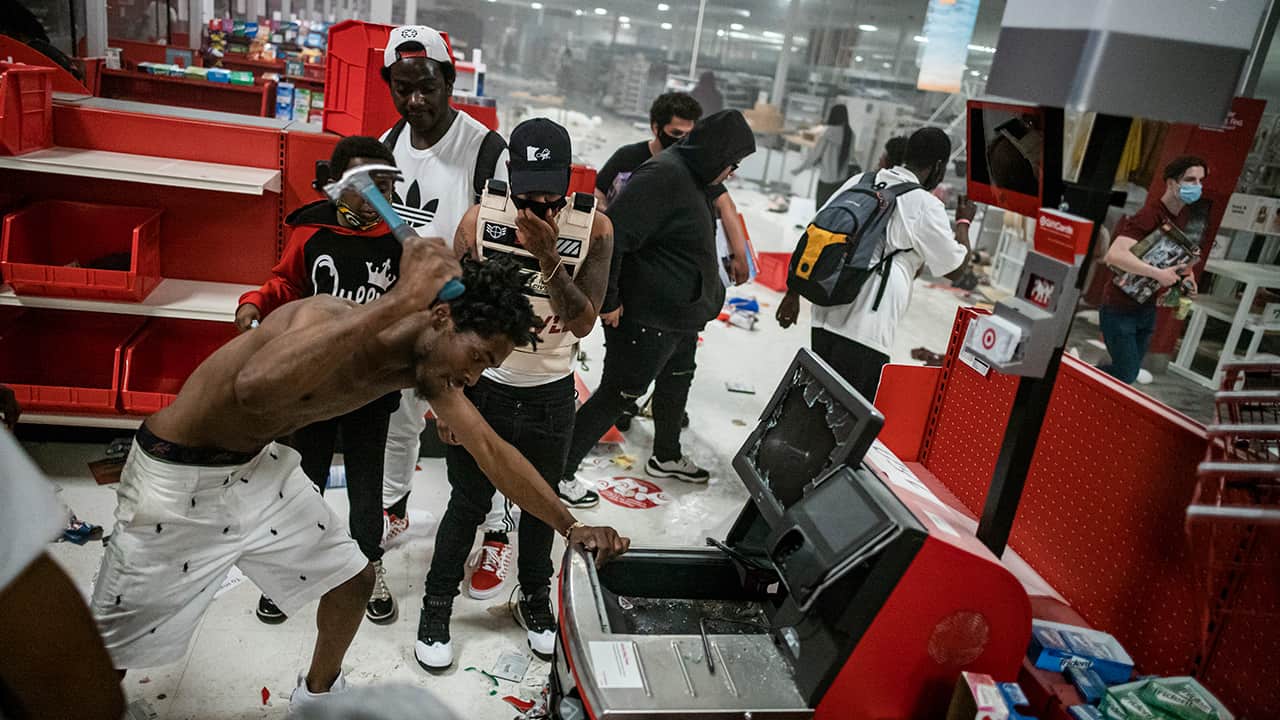by Brandon Smith, Alt Market:

Historically speaking, inflation/stagflation has always been a disastrous affair. One is hard pressed to find any legitimate examples of a country that experienced an aggressive inflationary event that came out better for it. A rare scenario would be one in which a nation inflates to fund a war that they then win, but usually negative consequences still happen later down the road.
The problem is that the effects of inflation can be subtle and far reaching, quietly creeping up on a population until suddenly there’s a tidal wave of societal crises. In the US (and much of the western world) we are already witnessing elements of inflationary disaster; there’s a good reason why around 60% of Americans now have a pessimistic view of the future, with a majority of people saying life is worse for them today than it was in the past.
TRUTH LIVES on at https://sgtreport.tv/
These kinds of dark sentiments usually coincide with inflationary or deflationary pressures. Inflation in particular can be devastating because it represents an ever expanding hidden tax on the life of each citizen. Not only that, but the cure is often worse than the disease, with central banks instituting interest rate hikes that continue longer than most people expect. Eventually they lead to an engineered deflationary kick in the gut for the economy. For a time, prices will remain high on an array of necessities while wages stagnate, consumer demand shrinks and businesses go bankrupt as borrowing becomes impossible.
A system might be able to absorb this shock as long as it is not burdened with immense debt. In the case of the US, we are HEAVILY burdened with over $33 trillion in national debt (officially) and over $17 trillion in consumer debt. The damage from stagflation and the central bank response will be greatly amplified by this.
So what should we expect when things go truly bad?
Widespread Labor Strikes
Labor strikes tend to occur in inflationary environments because, at least initially, demand for labor is high, giving labor more leverage against business owners. When people know they can easily jump into another job tomorrow the temptation is to leave their current job at the drop of a hat today.
Strikes were a common crisis in Weimar, Germany and Yugoslavia among other nations, in some cases because of legitimate labor concerns and in other cases because of communist provocateurs. The stagflation of the 1970s led to what is known as the “decade of strikes” in the US, with labor seeking higher wages to offset rising prices. The strikes sometimes resulted in better wages, which then in turn only lead to even higher prices as production shrinks and the costs are transferred to the consumer.
Wages are stagnant in the US today, even after the minimum wage unofficially doubled due to labor shortages. Labor demand is high (for now), but the difference in our era compared to previous inflation events is that the vast majority of labor is focused on superfluous markets. It’s not as if manufacturing is a major component of the US economy anymore. Rather, most employment is in the service sector.
No one really cares if McDonalds workers or Walmart workers or Hollywood writers go on strike. This does little to affect their daily lives. What it does do, though, is wear down the business sector over time until a portion of employers eventually downsize operations. If you have enough strikes and businesses can’t find workers in certain regions, they will close up shop and cut their losses. There were multiple incentives for major manufacturers to leave the US for places like China in the 1970s and 1980s, but the constant union strikes during that period played a large part in the decision.
Today, you will have retail and food deserts; places where no businesses will dare set down roots because they can’t keep their stores staffed. In the end, the jobs disappear entirely.
Rising Crime And Government Lies
Speaking of retail deserts, spiking crime rates are another factor that drives employers away from certain neighborhoods and cities.
Obviously this is a situation we are seeing play out in the past couple of years, but the interesting thing is the level of disinformation and denial that public officials have displayed in response. There has been a conspiracy among certain state and local governments (Democrats) and the corporate media to dismiss or hide the rising crime problem in the US. The most important aspect of this has been the oddly timed overhaul for the process US cities use to report crime stats to the FBI and to the public.
It’s just a coincidence I’m sure, but starting around the beginning of the covid pandemic there was a shift in procedures for criminal data reporting within the federal government. That change has allowed a number of cities to withhold complete crime stats until the new system is finished; this means that some cities will not be reporting reliable stats until 2024-2025.




